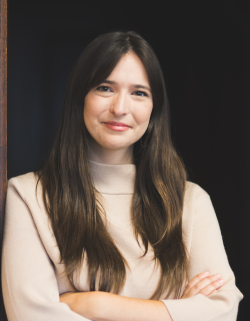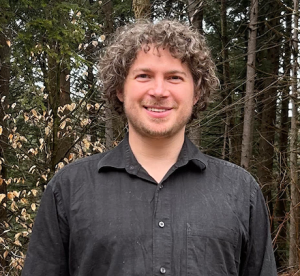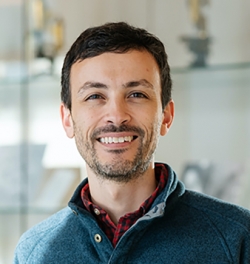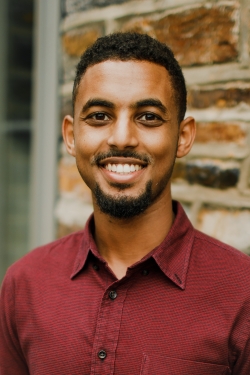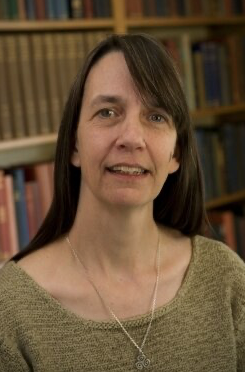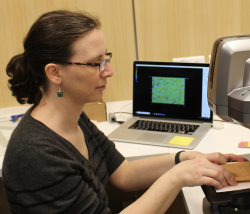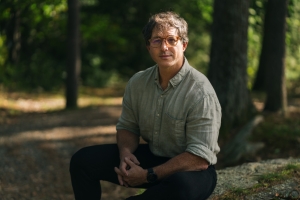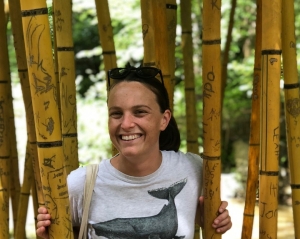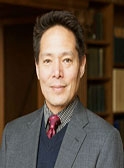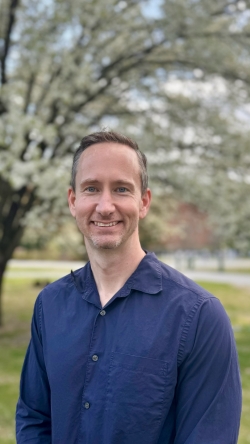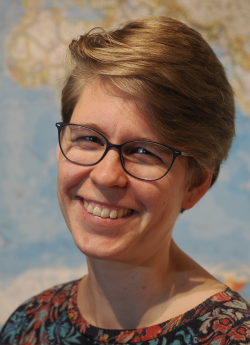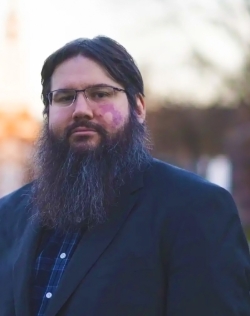Determining and Enhancing the Cellular Selectivity of Transcranial Magnetic Stimulation
Transcranial magnetic stimulation (TMS) is a safe, noninvasive technique to modulate brain activity in humans. TMS works by generating a magnetic field with an electromagnetic coil placed outside the head, which induces a pulsed electric field (E-field) in the brain. TMS-based therapies are FDA-approved for drug-resistant depression, obsessive compulsive disorder, and migraine. However, responses to TMS exhibit high variability and low effect sizes, meaning many patients fail to experience relief. Current approaches to selecting TMS dose assume uniform activation of different neuronal subtypes, despite considerable diversity in their morphologies, electrical properties, and functional roles. It remains unclear how to select the optimal E-field dose to target specific neural circuits due to gaps in our understanding of how the E-field alters brain activity of diverse neuronal subtypes.
To address this gap, this project will use optical techniques for resolving neural activity and subcellular structure during stimulation with precisely controlled E-fields. Using this approach, we will measure the activation of different neuronal subtypes as a function of E-field pulse waveform and intensity. In addition, previous experimental and modeling work suggests neurons with axonal myelin, an insulating layer of fatty membrane, are more sensitive to TMS. Therefore, we will also use a label-free technique to visualize myelin, allowing us to determine how neuronal subtype and myelination correlate with the responses to E-field stimulation. Finally, these functional and structural data will be used to build biophysically-realistic computational models capturing the E-field dose–response relationship of different neurons with the goal of identifying pulse waveforms that could achieve more selective activation of specific neuron populations.These results will provide fundamental insights into the response of individual neurons to electric fields, which is a critical step to designing more effective TMS stimulation protocols informed by the underlying neural mechanisms.
